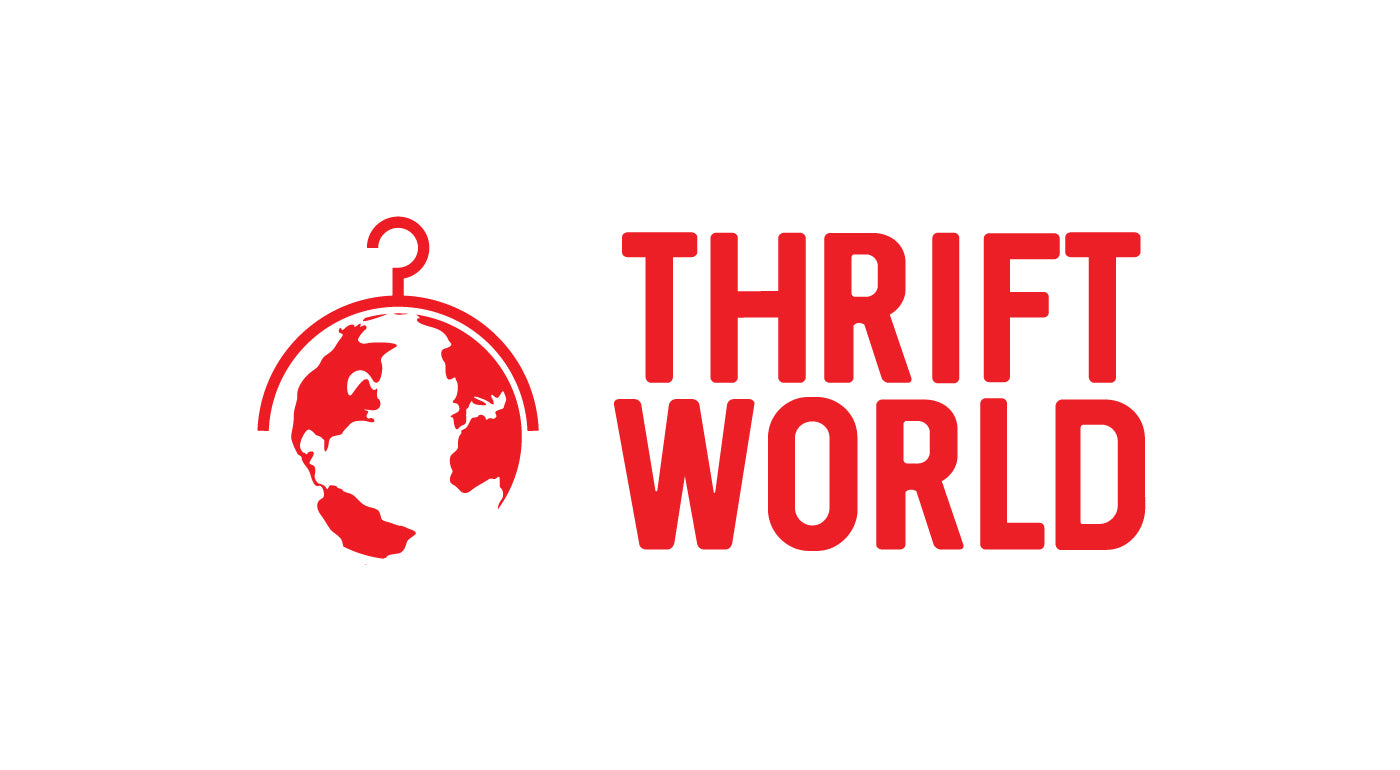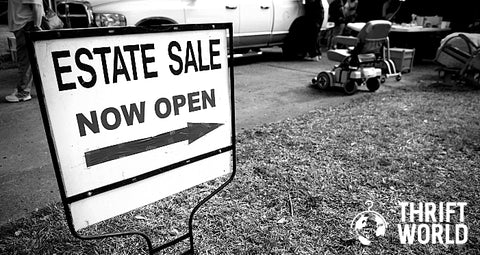The fashion industry is constantly changing. One season skinny jeans are all the rage, and the next baggy jeans are in. To keep up with the changing trends, companies have developed a fast manufacturing system.
This growing demand for trendy clothes has led to the popularity of fast fashion. Do you know what that is? If you do not, no worries! Our team is here to share some information about fast fashion, building a sustainable wardrobe and how to avoid fast fashion.
WHAT IS FAST FASHION?
Fast fashion is a term used to describe cheap and trendy fashion. Retailers who sell these kinds of clothes produce clothing in a fast process - hence the name. These companies create and push new clothing on websites and store floors every week.
Which retailers are considered fast fashion? Some retailers that are identified as fast fashion include:
HOW DOES FAST FASHION WORK
It is believed that fast fashion was created due to the growing demand for stylish clothes for a low budget. However, many people believe that retailers have created this demand themselves. How fast fashion works is that those retailers quickly switch out their clothing items and replace them with “newer” and “trendier” pieces. The quick transition causes the consumer to think that they need to be constantly buying new clothes to stay on-trend.
THE PROBLEMS WITH FAST FASHION
One reason why fast fashion is so popular is its low cost for high fashion clothes. Yes, fast fashion does allow you to buy that runway-inspired dress for less than $10, but it comes at a price. This kind of fashion causes ethical and environmental problems.
Fast fashion clothing is cheap due to the cheap labor. Many of the fast-fashion factors are considered sweatshops. These companies pay their employees low wages and work them for long hours. Many fast fashion companies are located in developing continents like China, India and Indonesia. Fashion Checker found that 93 percent of brands surveyed did not pay their workers a livable wage.
Fast fashion is also polluting the environment. The fashion industry is considered to be the second largest polluter next to the oil industry. The manufacturing of these fashion pieces emits carbon emissions, uses lots of water, dumps toxic dyes into the water and causes textile pollution.
HOW TO AVOID FAST FASHION
Shop second hand
One of the best ways to combat fast fashion is by shopping second hand. You can shop second hand at thrift stores, vintage shops or through online resellers. Thrifting helps reduce textile waste and reduces the demand for new clothing to be produced. The great thing about buying second hand is that fashion always comes back, and you can more than likely find trendy pieces at thrift shops.
Donating clothes instead of tossing
After you no longer have to use or outgrow your clothes, it is time to get rid of them. The mistake that many people make is tossing them out. These clothes end up in landfills for years because they cannot decompose fast enough. You can reduce textile waste by donating your unwanted clothes. Thrift stores have donation bins nearby that accept clothing donations of all styles and sizes.
ARE YOU LOOKING FOR DONATION BINS NEARBY?
Check out Thrift World’s website! We have donation bins around Omaha, Council Bluffs and the Kansas City metro area. You can bring your unwanted items to our bins and help support local nonprofits. Find more information here.




Comments (0)
There are no comments for this article. Be the first one to leave a message!